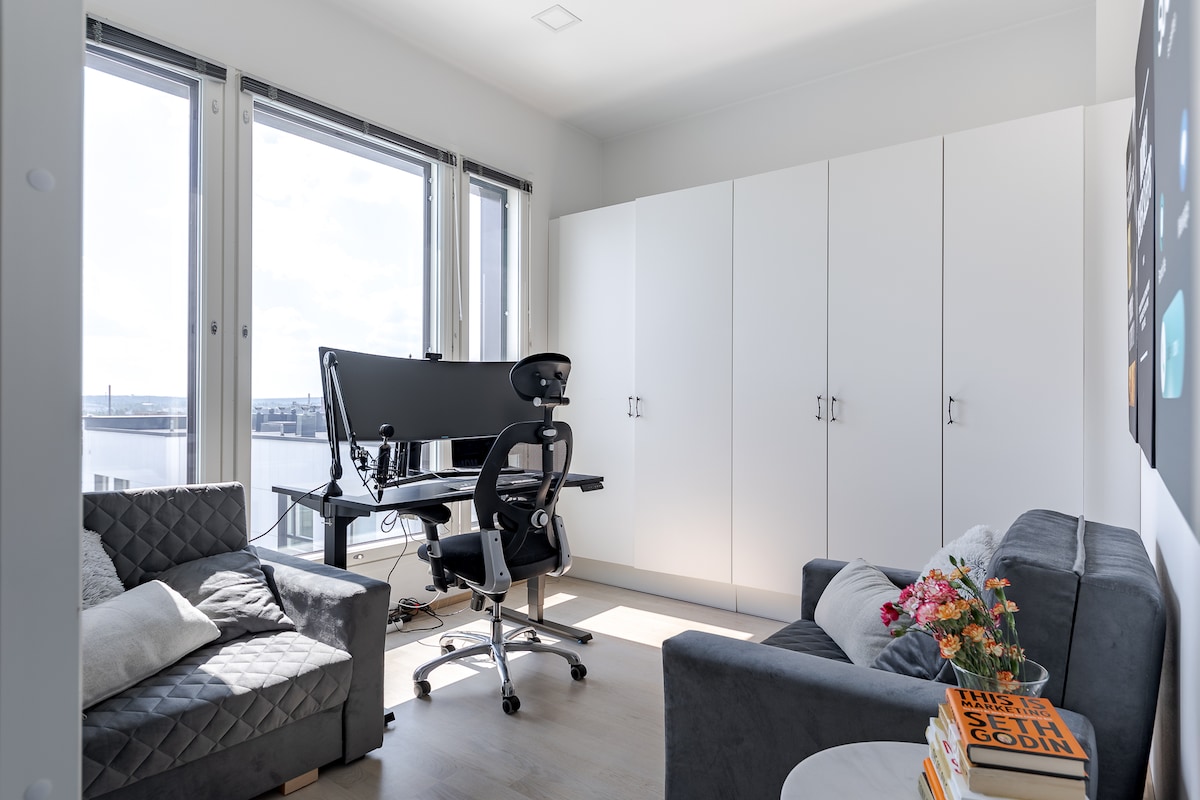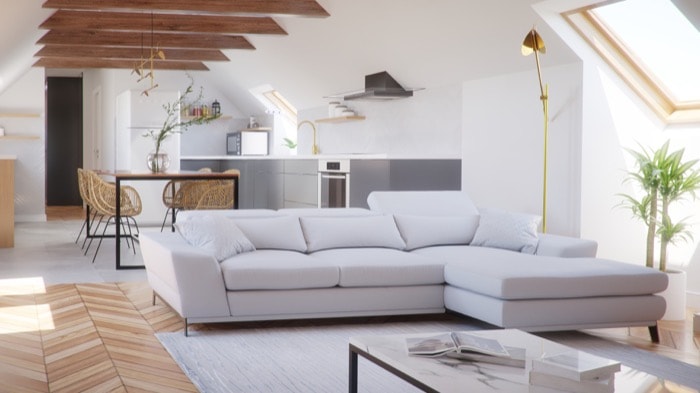

- #USING LUXUS WITH LUXCORERENDER INSTALL#
- #USING LUXUS WITH LUXCORERENDER DRIVERS#
- #USING LUXUS WITH LUXCORERENDER DRIVER#
- #USING LUXUS WITH LUXCORERENDER SKIN#
Many Settings in the Advanced Render Settings tab are from the old Luxrender build and not working with LuxCore. There is also a similar Stop button on the Log window. If you click Cancel in the small Daz rendering dialog box, it will close the preview window. It is not needed for standard use of plugin.) (The additional "yaluxplug-v02-debug-pdb.7z" file contains debugging information for use with Visual Studio 2019. Download yaluxplug-v02.7z and unzip it into your DazStudio\plugins folder. Dual Lobe Specular, Translucency, Subsurface Scattering are not yet implemented. Only rudimentary Diffuse, Specular and Bump map support are implemented. Bumpmaps and Metallic maps are temporarily disabled by default due to visual artifacts. Select the Rendering device: CPU, CPU+GPU, GPU only. You can delete the rest of the SDK folder and files. Copy the luxcoreconsole and luxcore.dll from the SDK into the LuxCoreRender standalone package.
#USING LUXUS WITH LUXCORERENDER INSTALL#
Download and Install LuxCoreRender v2.5 Standalone and then the LuxCore API SDK v 2.5. DrawGround may need to be disabled in Environment node if feet are partially missing or clipped off in renders.
#USING LUXUS WITH LUXCORERENDER SKIN#
Try OVERRIDE Translucency/Transmission for skin that renders with unnatural colors (too orange, green, blue, etc). Try OVERRIDE Saturation for skin that renders without SSS or are too pale. Several OVERRIDE options are available in Advanced Render Settings to use custom render pathways for compatibility with some Genesis 8 and older models. Hybrid mode may have best performance on AMD systems.
#USING LUXUS WITH LUXCORERENDER DRIVER#
Due to OpenCL driver issues, AMD GPU may be slower than CPU rendering. May need to disable Bump and Normal maps to avoid all artifacts. Recommend disabling Normal maps or enabling "Normal as Bump". These may cause black textures, blocky textures, or other visual artifacts.
#USING LUXUS WITH LUXCORERENDER DRIVERS#
AMD OpenCL drivers are known to have many bugs. There is also a similar Stop button on the Log window.

Wait for the halt conditions to complete, or click "Cancel" in the Render Preview window to stop the rendering. A Log Window will open similar to Luxus, which contains the console output from luxcoreconsole.exe.

Clicking Cancel in this window will stop the render, but you can still preview and save the image. A Render Preview window will open and function similar to the IRay Render Preview window. Set up the "halt" conditions to complete rendering in the Advanced tab. Select yaluxplug in the Render Settings. Recommend setting IBL (image based lighting) aka HDRI lightsource in the Environment Options. The property settings in the Tonemapper Options node will over-ride what is in the yaluxplug Advanced Render Settings tab. Luxcore is compatible with IRay's Tonemapper Options and Environment Options nodes. Recommend Hybrid mode for best performance. Select the Rendering device: Software (CPU only), Hybrid (CPU+GPU), or GPU only. Then choose the folder where you have the luxcoreconsole.exe file. Click Advanced tab and select Lux executable drop-down. Run Daz Studio and go to the Render Settings Pane. Copy the luxcoreconsole and luxcore.dll from the SDK into the LuxCoreRender standalone package. Or Download and Install LuxCoreRender v2.5 Standalone and then the LuxCore API SDK v 2.5. Follow directions on the LuxCoreRender v2.5-Experimental-1 release page to download and install the custom LuxCoreRender for yaluxplug: Download yaluxplug-v03.7z and unzip it into your DazStudio\plugins folder. Optional Iray Render behaviors (optional addition of Tonemapper and Environment nodes) Yaluxplug: Yet Another Lux(Core) Plugin for Daz Studio


 0 kommentar(er)
0 kommentar(er)
